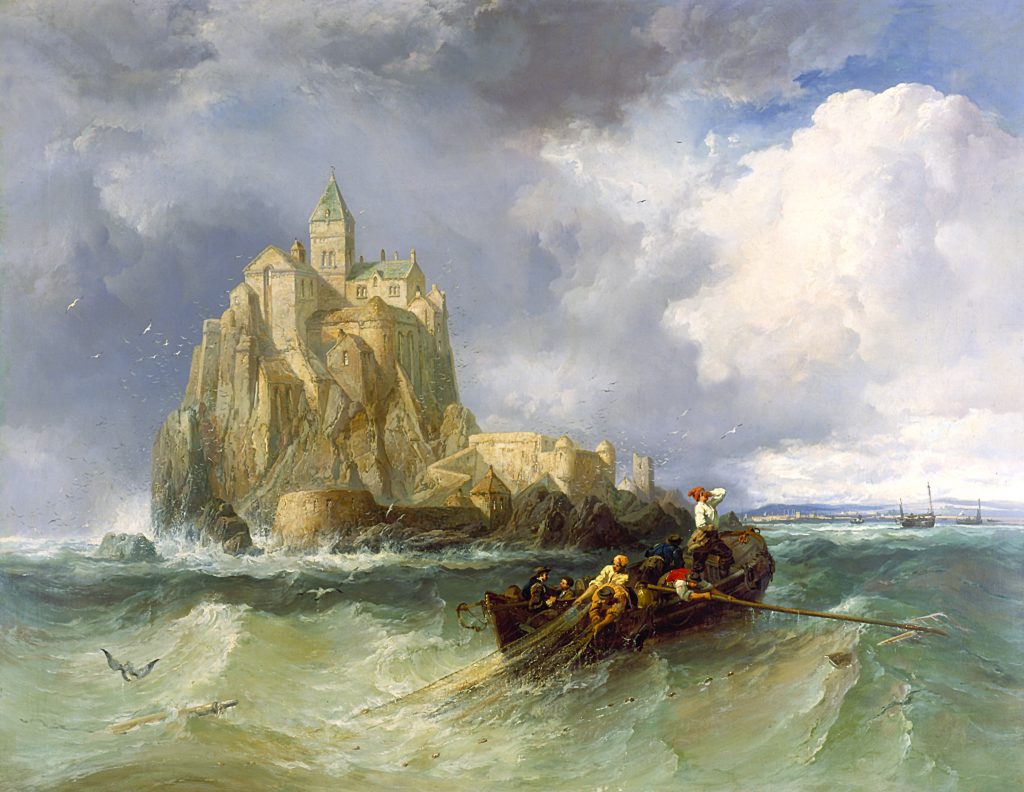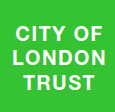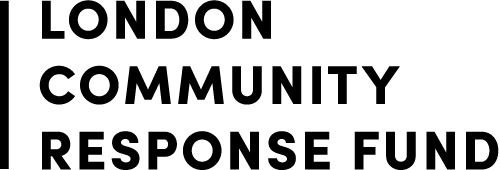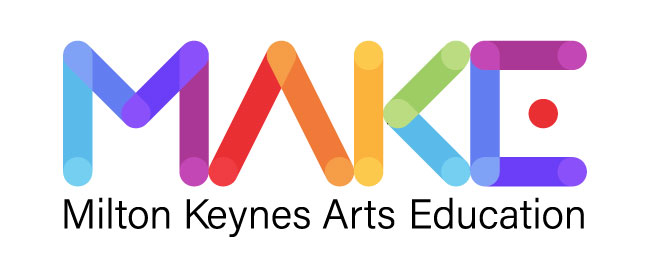Top Tips for bringing “Off the Canvas” back to school
By Artis Mentor Leader, Stuart Barter (Chime)
The Off The Canvas project brings James Webb’s Victorian-era painting of Mont St Michel (c.1868) to life in the Guildhall Art Gallery, but there’s no reason for the explorations to end there! Here are 10 top tips on how you can continue your work back at school, across the curriculum.
History – The Grand Tour: James Webb was able to travel around Europe creating his masterpieces thanks in no small part to innovations in transport in the Victorian era – especially train travel. Why not study Victorian travel? What was invented in that era to help people like James Webb travel afar?
Literacy – James Webb’s Diary: Having looked in detail at Mont St Michel, and imagined James Webb’s journey there, pupils could write about the day he began creating this piece in the form of a diary entry.
Music – The sounds of Mont St Michel: Close your eyes and imagine the sound of the sea, lapping against the rocks of Mont St Michel, the gulls squawking, the fishermen calling out. Can you create or translate the dynamics and timbres of the painting using percussion, or even voice? Try building a class composition in response to the painting.
Drama / literacy – The Fishermen’s play script: In our ‘Off The Canvas’ session, we improvised a short scene of the fishermen we see in James Webb’s painting. Can you extend this scene, and write it up as a play script, before performing it for the class?
Art – Paint your own masterpiece: Create your own version of Mont St Michel, or of an impressive scene near your school. Are there any beautiful or striking images near you that could be immortalised as a painting? James Webb uses oil paint to create this artwork but explore the other materials and techniques children might like to explore.
Geography – Tidal islands: Mont St Michel is fascinating from a geography perspective! It is a tidal island in Normandy, France, which is cut off from the mainland during high-tide. Why not study the rock formations around the island, and how they have changed over the years?
Design – Create your own fishing boat: Take a washing-up bowl of water and a limited supply of materials (egg cartons, foil, straws, craft sticks). Can you create your own floating fishing boat? How much weight can your boat take before it sinks?
Literacy – The story of the painting: Images provide great inspiration for storytelling and Mont St Michel is just one of many works of art on display at the Guildhall Art Gallery. Choose another painting and use it as the start of a story. Use the five W’s as a starting point: What can you see? Where is the scene? Who is there? What is happening, and why?
Science – Coastal creatures: What animals live on the Normandy coastline? We can see many seagulls in the picture, one plunging into the sea for food. Where are they in the food-chain of that area?
Maths – Drawing with grid co-ordinates: Mapping a grid over an image can help you recreate it accurately. Try this approach with Mont St Michel. Place a grid over the image, or part of the image, and mark the x-y co-ordinates of key lines and sections. Now try creating your own sketch version of the image, using the grid to guide your hand.
Bonus Top Tip Spot the difference: Take a look at James Webb’s other version of Mont St Michel in the Tate’s collection (https://www.tate.org.uk/art/artworks/webb-mont-st-michel-normandy-n01684) What differences can you see between the two artworks? How does this inform your understanding of the Guildhall Art Gallery’s version?
We hope you enjoy these additional ideas to try back in the classroom. |
14 Jan 2020 |
















